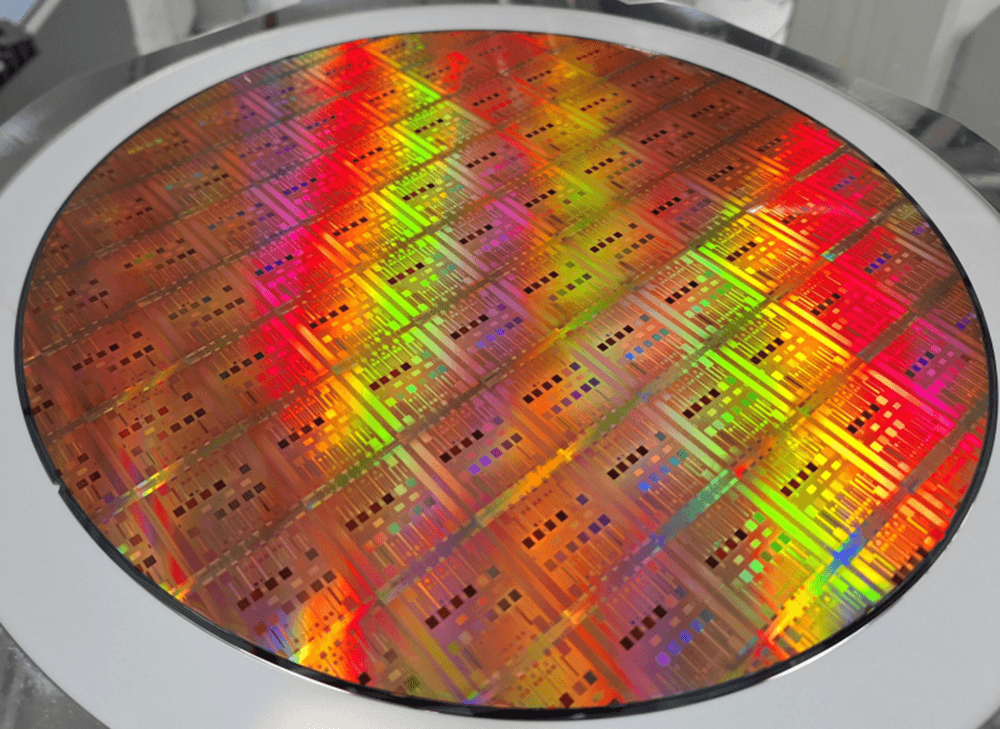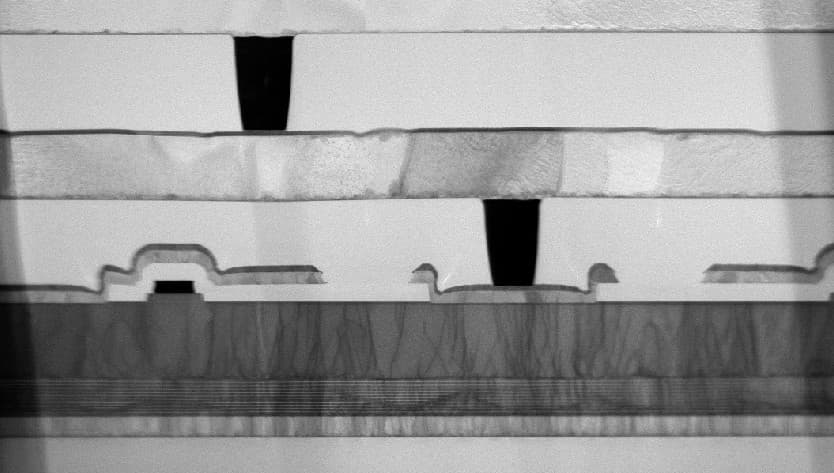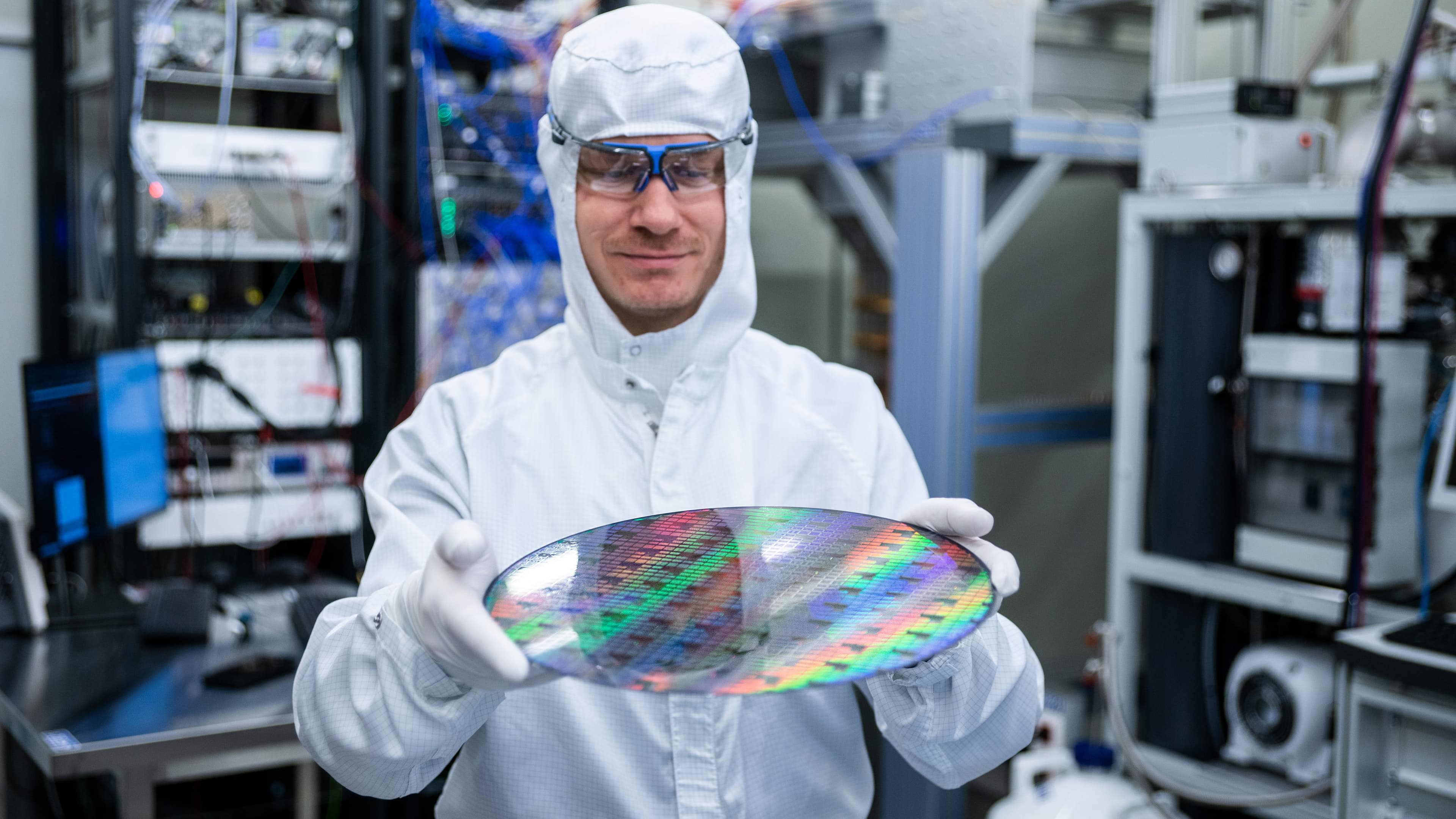Poorly maintained road surfaces can damage vehicles and anything they are carrying, which in turn can lead to compensation claims against the authorities responsible for road maintenance. However, preventive maintenance to avoid such incidents presents challenges. Crucially, it requires up-to-date information about the state of road surfaces. But existing methods to collect this information, such as laser scanning, are expensive and require significant human involvement. And with no cost-effective means of collecting timely, accurate information, road infrastructure owners find it hard to optimize maintenance schedules. The MobiSense project sought to provide a solution through an Internet of Things (IoT) approach, adding sensors to ordinary vehicles so they can effortlessly map the state of road surfaces as they drive.
MobiSense aimed to develop a framework for dynamically mapping the state of roads and surface wear, using data from sensors on vehicles. A key challenge was to distinguish between road surface data and artifacts caused by the vehicle and driver behavior. The system also had to respect relevant safety and privacy regulations. In practice, MobiSense focused on three, real-world use cases:
- mapping the state of the road surface
- alerting drivers to major road damage
- improving noise and air pollution mapping
The Outcomes
1. Mapping road surface state for predictive maintenance
Different road surfaces produce different sounds as you drive, with poor surfaces producing more noise than good ones. If the road surface is especially uneven, you can feel the vibrations from the tires as well. MobiSense partners, ASAsense, Qweriu and IDLab, developed a cost-effective, onboard vehicle sensor platform to analyze these sounds and vibrations, and then validated the results using data from existing electronics systems on a group of selected vehicles.
In turn, project partners, WAVES and ASAsense, created algorithms to translate the vehicle-generated data into location information. While another partner, CiTiP, investigated how to ensure this translation respected European General Data Protection Regulation (GDPR) and ePrivacy regulations.
Reference data sets, including data from AWV and the Belgian Road Research Centre, were used for training, calibration and validation. And researchers at WAVES and Be-mobile developed a model based on GPS and accelerometer data fusion that can localize information on the state of the road surface down to individual lanes.
Subsequently, as part of the proof-of-concept work, a number of vehicles were equipped with sensor units for almost a year, producing maps covering about 13,000 km of roads across the whole of Flanders. A techno-economic study showed that the MobiSense approach reduces the end-user cost of obtaining the information required for efficient road maintenance strategies by a factor of over 100 compared to existing methods.
2. Smartphone-based mapping of major road damage
Dealing with major damage, such as large potholes, often requires a quicker response. So, Be-Mobile developed a test app, ‘Bumpmeister’, that detects potholes based on 3D gyroscope and accelerometer signals. The app warns drivers of potentially dangerous road conditions within a certain distance or travel time of their current location, and allows them to easily confirm the accuracy of the information as they pass the designated location.
3. Improved noise and air pollution mapping
The MobiSense onboard sensor platform was designed to be generic, allowing it to measure other parameters such as noise or air pollution along the road. This enabled ASAsense and WAVES to develop a road noise labelling system to improve the accuracy of strategic noise maps. Furthermore, by interfacing the MobiSense platform to Qweriu’s iNose, the iNose could conduct mobile measurements and Qweriu could extend the range of sensors to air pollutants such as volatile organic compounds, CO2, NO2 and particulate matter.
Download leaflet
MobiSense
Mobisense is an imec.icon research project funded by imec.
It started on 01.10.2017 and ran until 30.09.2019.
Project information
Industry
- ASAsense
- Be-Mobile
- Qweriu BVBA
Research
- imec - WAVES – Ugent
- imec - CiTiP - KU Leuven
- imec - IDLab - UAntwerpen
Contact
- Project Lead: Bert De Coensel
- Research Lead: David Plets
- Proposal Manager: Toon De Pessemier
- Innovation Manager: Eric Moons












